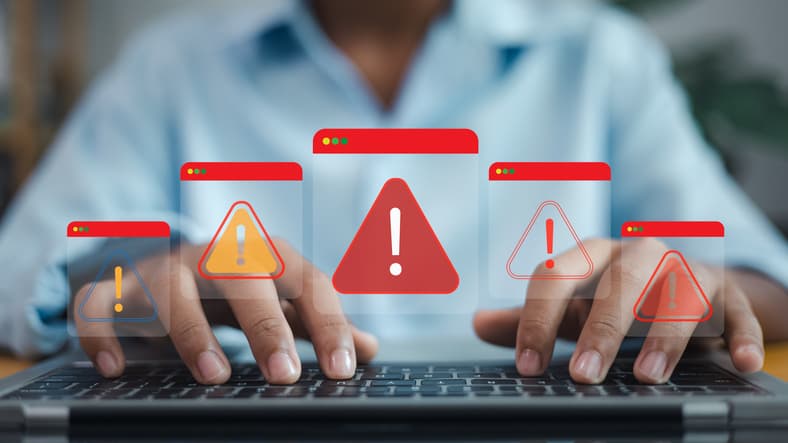
A New Era of Cyber Defense: Prasanthi Vallurupalli on Self-Supervised Learning and National Cybersecurity
Byline: Nia Bowers

I recently had the privilege of speaking with Prasanthi Vallurupalli, a researcher whose groundbreaking work is beginning to draw attention in the cybersecurity world. In her latest paper, “Self-Supervised Learning for Enhanced Cybersecurity Risk Mitigation”, Vallurupalli introduces a novel approach to defending against cyber threats, one that goes beyond the traditional reliance on rule-based systems and massive labelled datasets.
What truly struck me during our conversation wasn’t just the technical depth of her research but the larger vision she holds for the future of cybersecurity. Vallurupalli envisions a world where cybersecurity protects not only large organizations and government agencies but also everyday people, small businesses, and public institutions.
The Need for a New Approach to Cyber Defense
During our discussion, Vallurupalli highlighted a significant flaw in current cybersecurity systems. Traditional approaches, she explained, rely heavily on human-labelled data. “Most systems today require someone to identify and label a threat, which is then fed into the system,” she said. “But cyberattacks evolve too quickly for that method to keep up.”
Indeed, as cybercriminals grow increasingly sophisticated, relying on known attack signatures or pre-programmed responses is simply no longer effective. Vallurupalli’s research proposes a more dynamic solution: self-supervised learning (SSL). This approach enables systems to identify threats based on patterns in data, without the need for predefined labels.
How Self-Supervised Learning Works
What makes self-supervised learning particularly promising is its ability to adapt in real-time. Unlike supervised learning, which requires constant updates from human experts, SSL learns directly from raw data. It can detect unusual patterns such as abnormal network traffic or unexpected access behaviour before they escalate into serious threats.
Vallurupalli believes that this adaptability is key to keeping pace with the constantly shifting tactics of cybercriminals. As she put it, “Self-supervised learning allows the system to evolve, recognizing new types of threats without needing manual intervention.”
Real-World Impact: A Personal Story
Vallurupalli’s motivation for pursuing this line of research stems from real-world experience. She shared a particularly heartbreaking case: a school district that experienced a serious breach, exposing sensitive student and staff data. “The most frustrating part,” she said, “was that their existing tools couldn’t detect the early warning signs of the attack. They needed a smarter, more autonomous system.”
This experience, she explained, made her realize just how urgently we need better cybersecurity tools, especially for smaller organizations with limited resources. Whether it's a school district, a healthcare provider, or a small business, many organizations simply can’t afford the advanced cybersecurity solutions large corporation’s use. SSL, Vallurupalli believes, offers a way to democratize cybersecurity by providing more efficient, scalable protection.
Beyond Tools: A Call for National Awareness
What impressed me most during our conversation was Vallurupalli’s long-term vision. She isn’t just focused on developing better cybersecurity tools; she’s advocating for a national shift in how we approach digital defense. Vallurupalli wants policymakers and public sector leaders to recognize the potential of self-supervised learning as a key component of national cybersecurity strategy.
Her paper highlights not only the technical possibilities of SSL but also the ethical considerations that come with implementing AI in cybersecurity. “AI should be a safety net, not a risk factor,” she emphasized. “If we design it with care, it can be a silent guardian for millions of people.”
A Hopeful Future for Cybersecurity
After speaking with Vallurupalli, I walked away with a renewed sense of hope. In a time when cyber threats are becoming increasingly sophisticated, her vision for a smarter, more adaptive cybersecurity system offers a glimpse into a better future. If her work gains the attention it deserves, we may one day see a world where our digital systems are not just reacting to cyberattacks but proactively preventing them in ways we never thought possible.
As Vallurupalli rightly points out, technology, when used responsibly and wisely, can serve the public good. With self-supervised learning at the forefront, we might just be on the verge of a new era in cybersecurity one that ensures our digital lives remain safe from harm.


